Ever noticed how sounds from next door seem to sneak into your townhome as if the walls were mere curtains?
The truth is stark: townhomes are not soundproof.
This acoustic oversight in design can mean the difference between a peaceful haven and a home where privacy feels breached by every footstep from the unit above.
But there’s hope and a solution.
Let’s dive into the art of soundproofing, where we’ll unlock the secrets to turning your townhome into the quiet sanctuary you’ve been dreaming of.
Are Townhomes Soundproof?
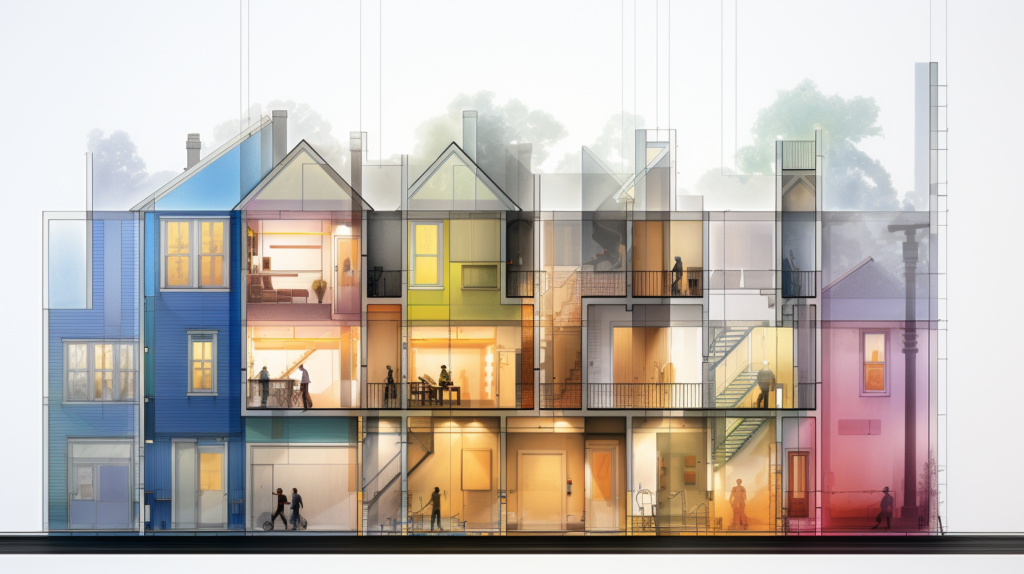
No, most townhomes are not designed with soundproofing in mind.
Sound waves can travel through air, but they also vibrate through solid materials like the walls, ceilings, and floors of a townhome.
These structures can act like the skin of a drum, picking up noise from adjoining units and carrying it into your home.
In typical townhome construction, the use of lightweight and less dense materials can exacerbate this issue, leading to more sound transmission between units.
This results in common noise issues that disturb residents, such as the sound of footsteps from above or music from a neighbor’s home.
Most townhomes are not designed with soundproofing in mind. The standard construction practices involve hollow walls, ceilings, and often use single-pane windows and hollow-core doors.
These features are not effective at blocking sound, which means that sounds from outside or neighboring units can easily penetrate into a home.
Consequently, residents may experience a lack of privacy and an increased level of noise.
How To Soundproof Townhomes?
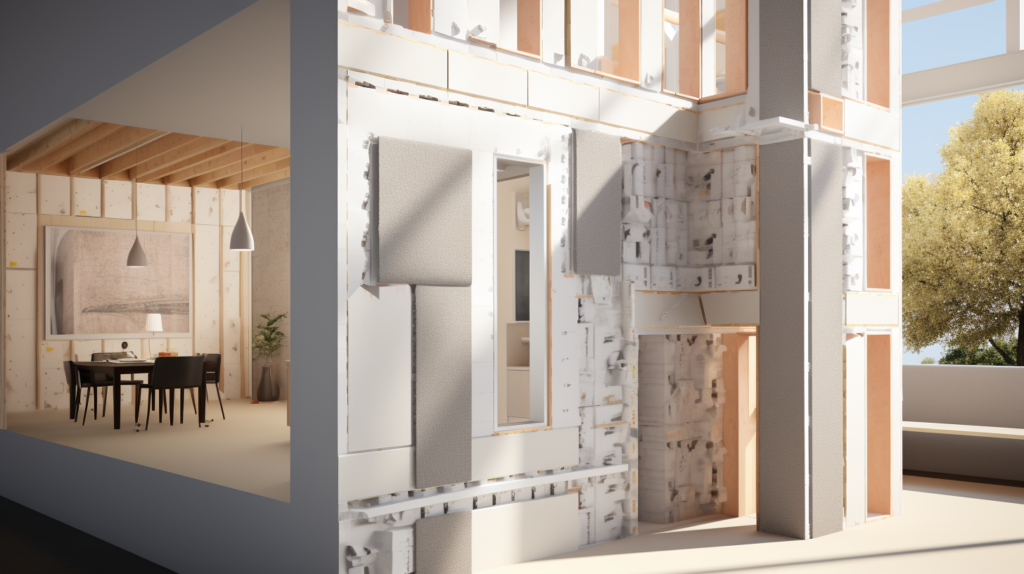
Now that we know that townhomes are not soundproof now, how do we soundproof townhomes?
Soundproofing Walls And Ceilings

Installing wall studs filled with sound insulation can create a solid barrier against noise.
This process involves creating a framework within the wall cavity that can be filled with sound-absorbing materials such as mineral wool or specialized foam.
Soundproofing foam can be applied to walls and ceilings to dampen vibrations and reduce the transmission of airborne noise.
It is essential to cover every gap and crevice to ensure that sound does not find a way through.
The installation of resilient channels across the wall studs creates a decoupled space that interrupts the path of sound waves.
These channels act as a shock absorber, preventing noise from traveling through the studs and into the drywall.
The final step is to cover the walls with drywall, which should be sealed at the edges with acoustic sealant to prevent any sound leaks.
This sealant is designed to remain flexible, which is key to maintaining the integrity of the sound barrier.
Enhancing Window Soundproofing
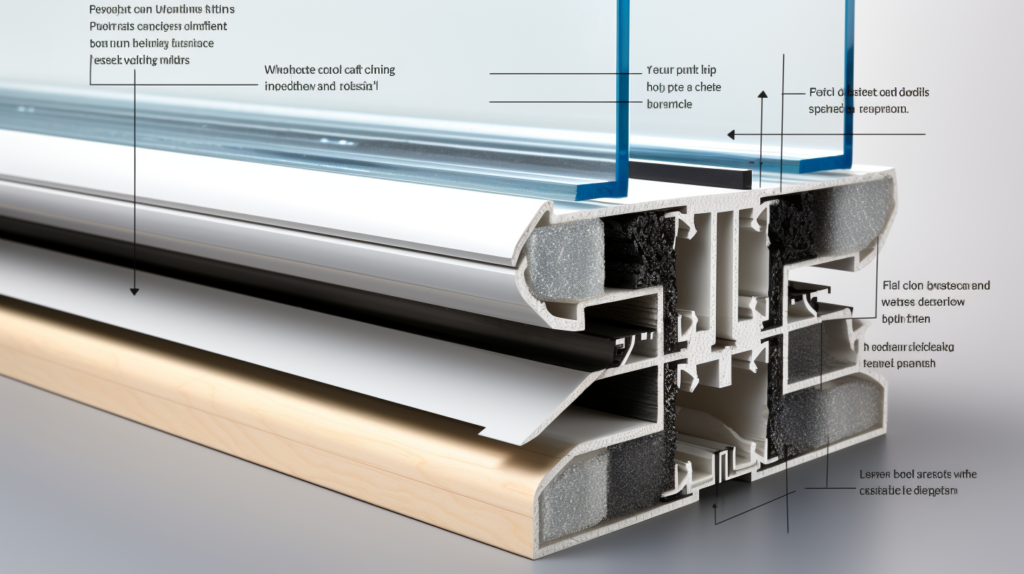
The installation of double-pane windows can significantly reduce noise from outside. These windows have two layers of glass with a space in between that acts as an additional buffer against sound.
If replacing windows is not an option, sealing any cracks around the window frames is a critical step in improving sound insulation. Even small gaps can let in a surprising amount of noise.
Window inserts can be used as a less invasive soundproofing solution. These inserts are designed to fit snugly inside the existing window frame, creating an extra barrier against noise.
They are often made of acrylic or glass and can dramatically improve the sound insulation of a window without the need for complete replacement.
Upgrading Doors For Better Sound Insulation
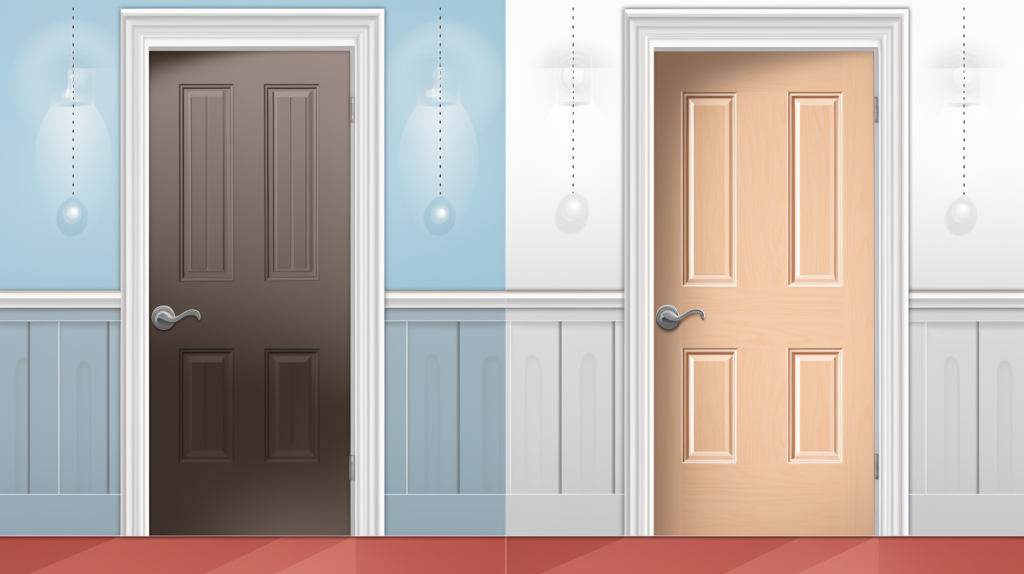
Solid core doors are heavier and more dense than hollow ones, making them more effective at blocking sound.
Replacing hollow doors with solid ones is a straightforward way to improve the soundproofing of a townhome.
The addition of weatherstripping and door bottoms can further prevent noise from seeping through the gaps around and under the door.
Attaching soundproofing panels made from materials like nitrile butadiene rubber to the door can dampen noise even more.
These panels add mass and density to the door, which helps to absorb and block sound waves. The use of weatherstrips and door bottoms also ensures that the door seals tightly, eliminating any gaps that can allow noise to pass through.
Improving Floor Acoustics

Choosing the right acoustic underlay is crucial for minimizing noise from footsteps and other impacts. Materials such as Mass Loaded Vinyl (MLV) and cork are popular choices for their sound-dampening properties.
These materials can be laid beneath flooring to reduce the transmission of noise from one floor to another.
Installing a floating floor system can further isolate noise. This type of flooring does not attach directly to the subfloor but instead floats above it, which can help to reduce the transmission of impact noise.
After installing the floating floor, adding a thick rug can absorb sound, making the floor even quieter and adding a layer of comfort underfoot.
Addressing Flanking Paths For Noise
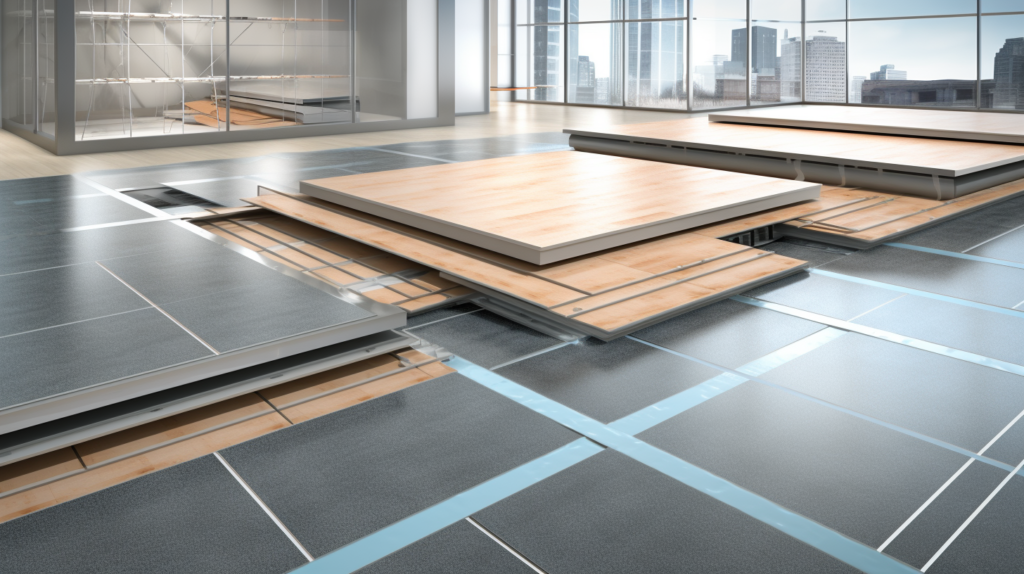
Flanking paths are indirect routes that sound can travel through, bypassing primary soundproofing measures.
These paths can include ductwork, plumbing, and even electrical outlets. It is important to identify and seal these paths to ensure that soundproofing efforts are not undermined.
The comprehensive soundproofing of a townhome must address these flanking paths. By doing so, residents can achieve a significant reduction in unwanted noise.
It ensures that sound does not have an easy path to travel through and can make a considerable difference in the overall effectiveness of the soundproofing strategy.
The flow of the article guides the reader through understanding the problem of sound transmission in townhomes, why standard townhome construction is not soundproof, and then provides detailed, actionable solutions for each critical area of the home.
This structure is designed to not only educate homeowners on the common challenges associated with townhome noise but also to empower them with the knowledge to address these issues effectively.
Each section builds upon the previous, creating a comprehensive guide that takes homeowners through various steps and considerations for soundproofing their living space.
By addressing the walls and ceilings, then moving on to windows and doors, and finally discussing floor acoustics and flanking noise, the article ensures that all potential sources and pathways of noise are covered.
The focus on thorough, step-by-step explanations aims to convey the message that while townhomes may not be inherently soundproof, there are practical and effective ways to enhance privacy and create a peaceful environment through soundproofing.
This approach not only helps in achieving a quieter home but also adds value by potentially increasing the property’s appeal to future buyers who are concerned about noise.
The article concludes by emphasizing the importance of a complete soundproofing strategy, highlighting the need to consider every aspect of the home to effectively block out unwanted noise.
This comprehensive approach assures readers that with the right measures, they can significantly improve the tranquility of their townhome.
Conclusion
In conclusion, while townhomes may not come with built-in soundproofing, there are effective strategies homeowners can employ to mitigate unwanted noise.
By understanding how sound is transmitted through common building materials and identifying the weak points in townhome construction, residents can take targeted actions to improve their living environment.
From reinforcing walls and ceilings with sound-absorbing materials to upgrading windows and doors, and addressing flanking noise pathways, each step contributes to creating a more serene and private space.
It’s clear that the journey to a quieter townhome requires a combination of effort, investment, and know-how.
However, the peace that comes from a well-soundproofed home is invaluable.
Not only does it enhance the comfort and tranquility of your own living space, but it also adds to the overall quality of life and could potentially increase the value of your property.
Soundproofing your townhome is an investment in your well-being and a commitment to creating a sanctuary from the bustling world outside your walls.
With the right approach and materials, you can transform your townhome into a haven of peace and quiet.
